Construction All Risks Insurance
Build with Confidence!
A single storm or theft can significantly delay a project and lead to major financial losses.
Construction All Risks insurance provides broad protection against unforeseen risks during the construction phase, ensuring financial security and peace of mind – so you can build with confidence.
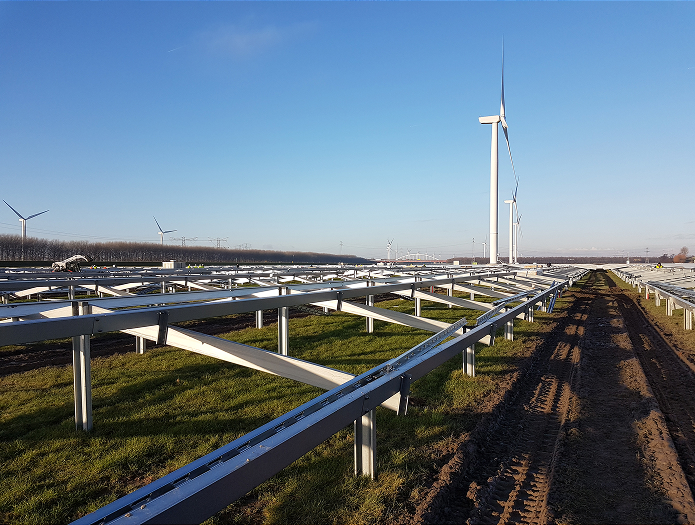
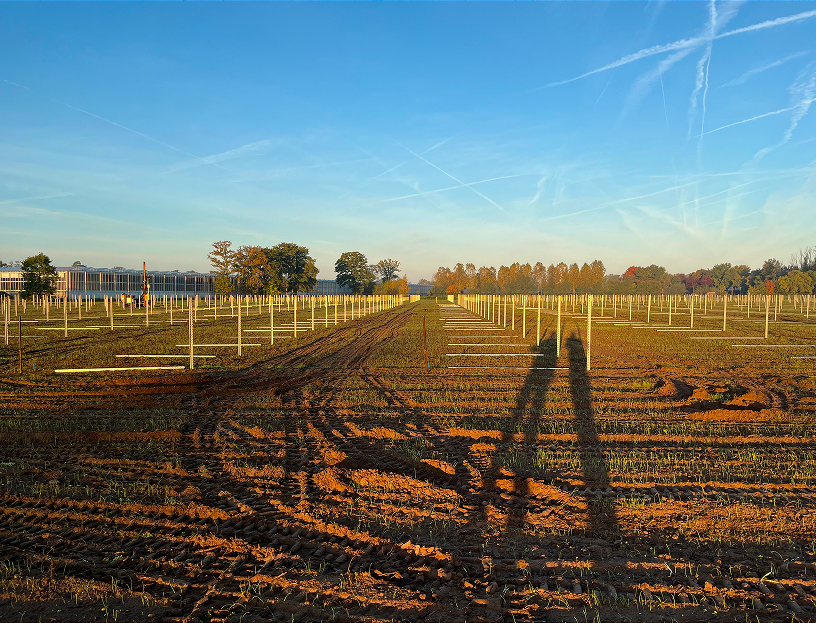
What is Construction All Risks Insurance?
A Construction All Risks Insurance, also known as a CAR-insurance, covers material damage related to the construction, assembly, or erection of a building, infrastructure, or installation.
This includes damage to the work itself as well as to the materials and tools being used. For example, it covers theft, design flaws, construction errors, and damage to tools.
What Does Construction All Risks Insurance Cover?
The Construction All Risks Insurance covers:
Section I – The Work
Damage to the work during the construction phase, such as collapse due to storm or fire on the construction site.
Optional: DSU (Delay in Start-Up)
Coverage for loss of income or extra costs due to delays in completing a construction project.
Section II – Liability
Protection against third-party damage claims arising from construction activities.
Section III – Existing Property
Damage to the client’s property due to construction work. For example, if a crane topples and damages a neighbouring building.
Section IV – Contractor’s Equipment
Protection of equipment and tools against external damage or theft.
Section V – Personnel and Management
Insurance of personal property of the staff.
Section VI – Transport
Coverage against damage or theft of materials during transport.
Each section is designed to address specific risks.
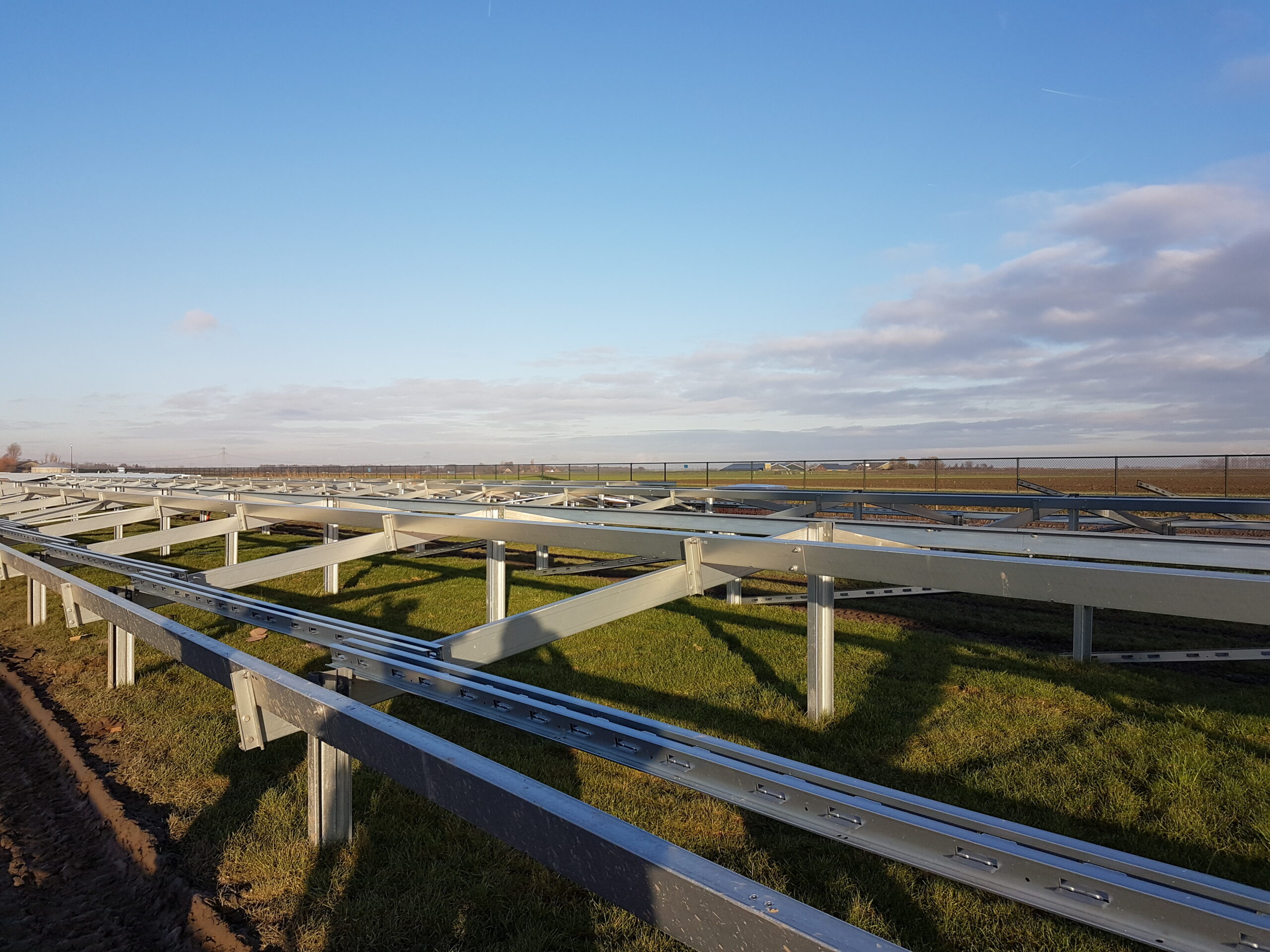
Types of Maintenance Coverage
In addition to coverage for the construction period, additional protection can be extended to the maintenance period. Below are the types of maintenance coverage available.
- Maintenance
Damage that occurs during maintenance work. - Extended Maintenance
Damage caused during the construction period but discovered during the maintenance period. - Guarantee Maintenance
Damage caused during both the construction and design period and discovered during the maintenance period.

Who Should Buy CAR-insurance?
- Contractors, Construction Companies, and Subcontractors
To protect their projects against unforeseen events.
- Installation Companies
To protect the assembly of installations such as machines, electrical systems, and solar panel installations against unforeseen events.
- Clients, Developers, and Architects
To ensure the project can be completed without major financial setbacks.
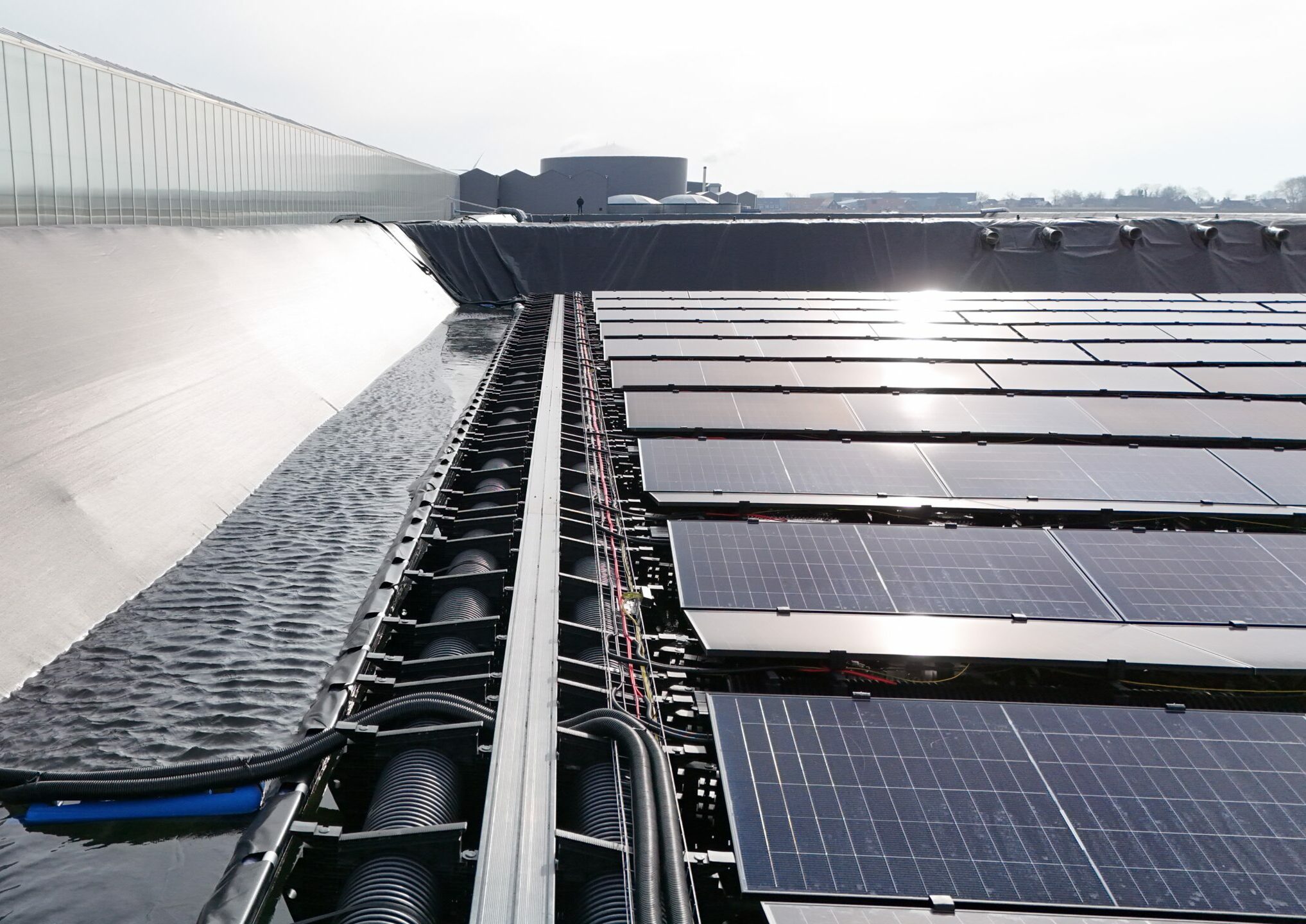
Important Points to Consider
- Exclusions
For example, intentional damage, damage due to gross negligence, or non-compliance with building regulations. Although there are exclusions, we ensure full transparency.
- Deductible
Often a deductible per claim that the insured must pay.
- Premium
The premium for All-Risk coverage is higher than for standard coverage due to the more extensive coverage.
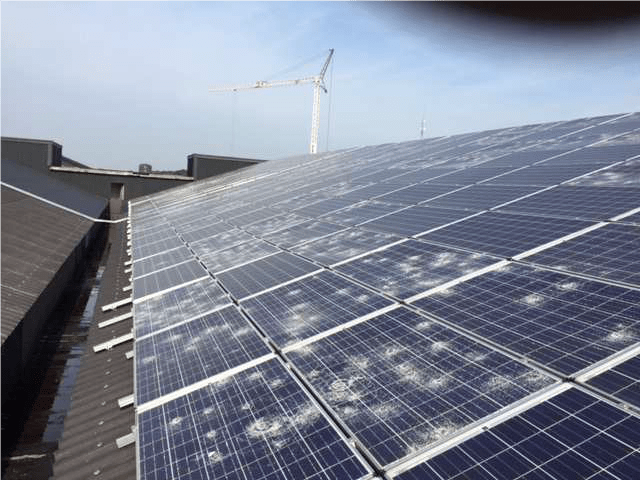
Examples of Risks Covered Under a CAR Insurance
- Damage to the work by natural disasters such as storms, hail, and flooding.
- Damage to the work caused by fire, explosions, and vandalism.
- Theft of construction materials.
- Damage to the work due to construction or assembly errors such as the collapse of scaffolding.
- Damage to the work caused by the use of incorrect materials.

Types of Insurance Policies
- Project policy
Specifically for one project and runs until the end of the construction period as agreed in the policy.
- Declaration policy
For companies that carry out multiple projects. This insurance covers all projects within a certain period and up to a certain financial scope.
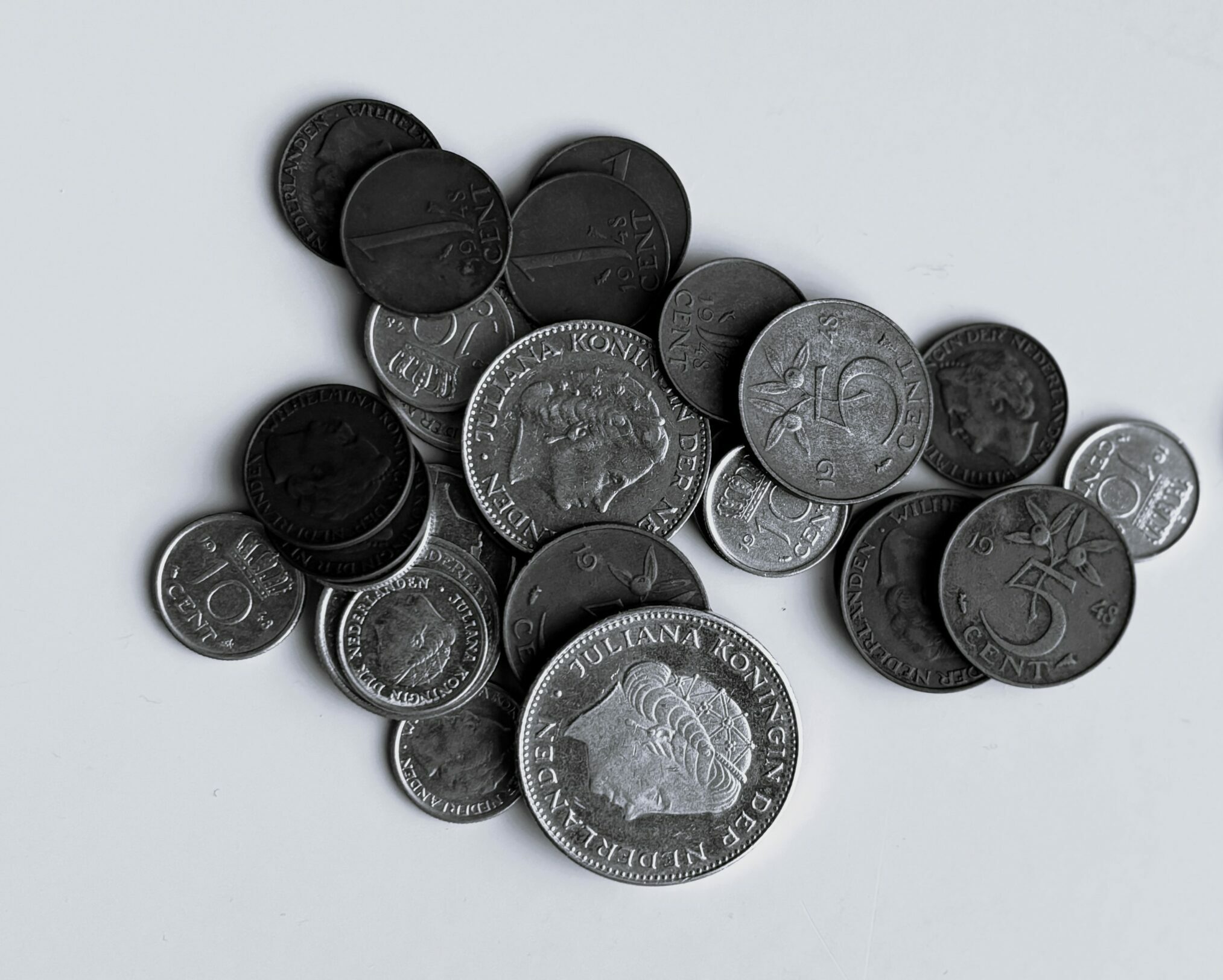
What does a Construction All Risks Insurance cost?
The premium depends on various factors, including:
- Type and value of the project
- Duration of the project
- Location
- Contractor’s experience
- Coverage options
- Safety measures
- Claims history
These factors help the insurer determine the risk and, therefore, the premium.
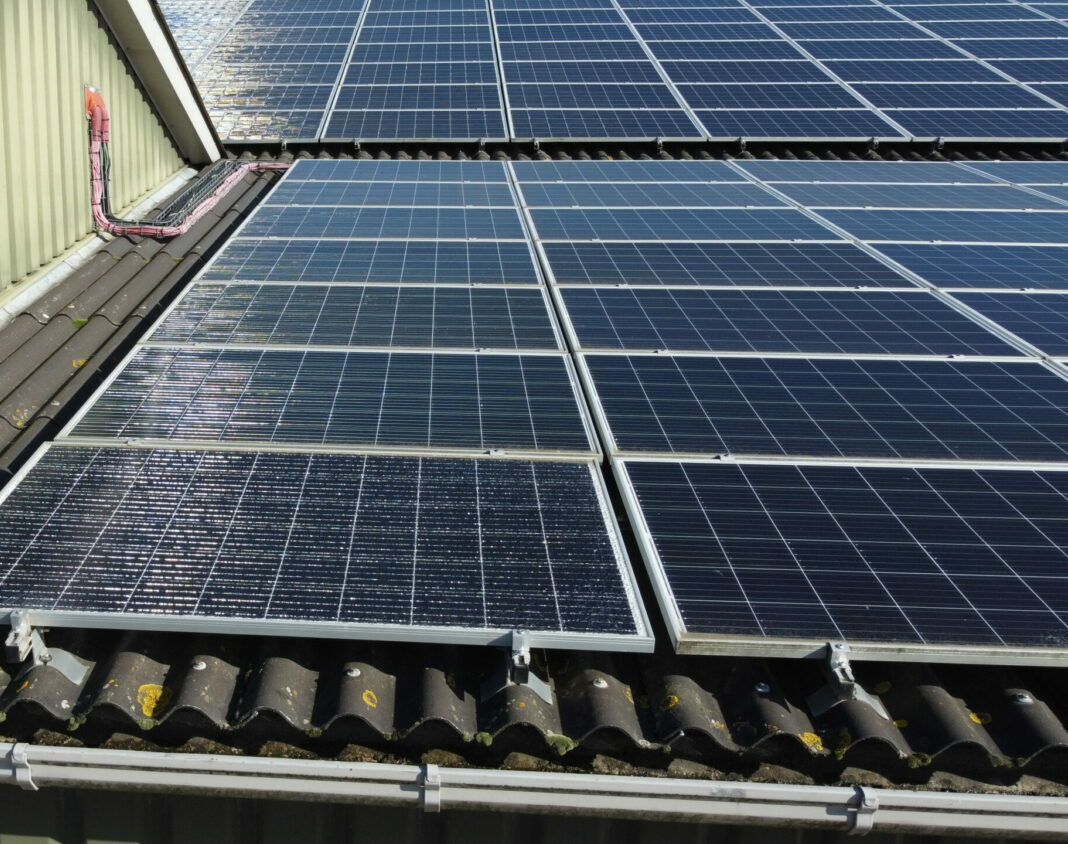
How Do I Request a Quote for Construction All Risks Insurance?
- Contact us: Call us or use our contact form.
- Risk Assessment: Schedule an intake meeting to identify your risks and needs.
- Application Form: Fill out our application form so that we receive all the necessary information.
- Quote: We request quotes from different insurers, compare them, and provide you with the best options for your situation.
- Choice: Choose the best quote and finalize your policy.
- Policy: Pay your premium and receive your policy.
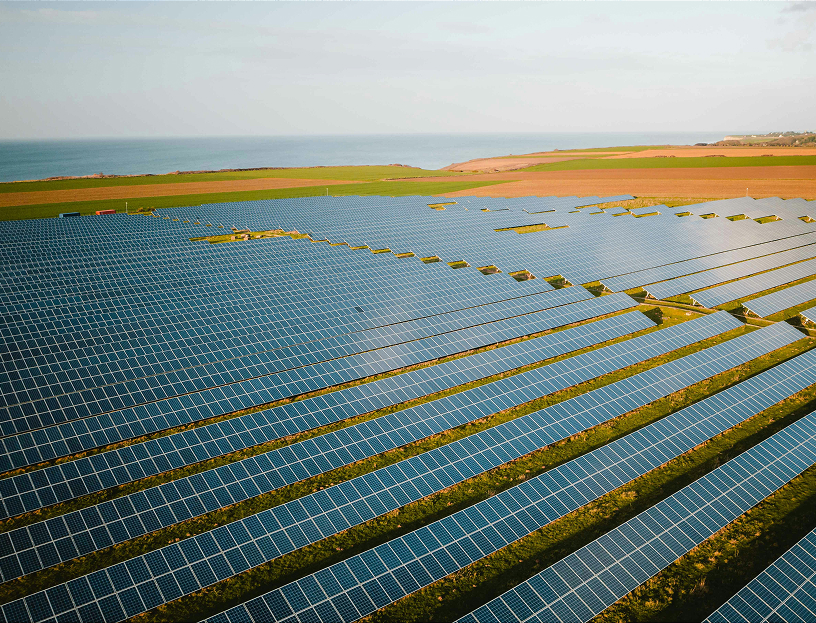
What Other Insurances Do Entrepreneurs Often Take Out Beside Construction All Risks Insurance?
In addition to CAR insurance, entrepreneurs often take out the following insurances:
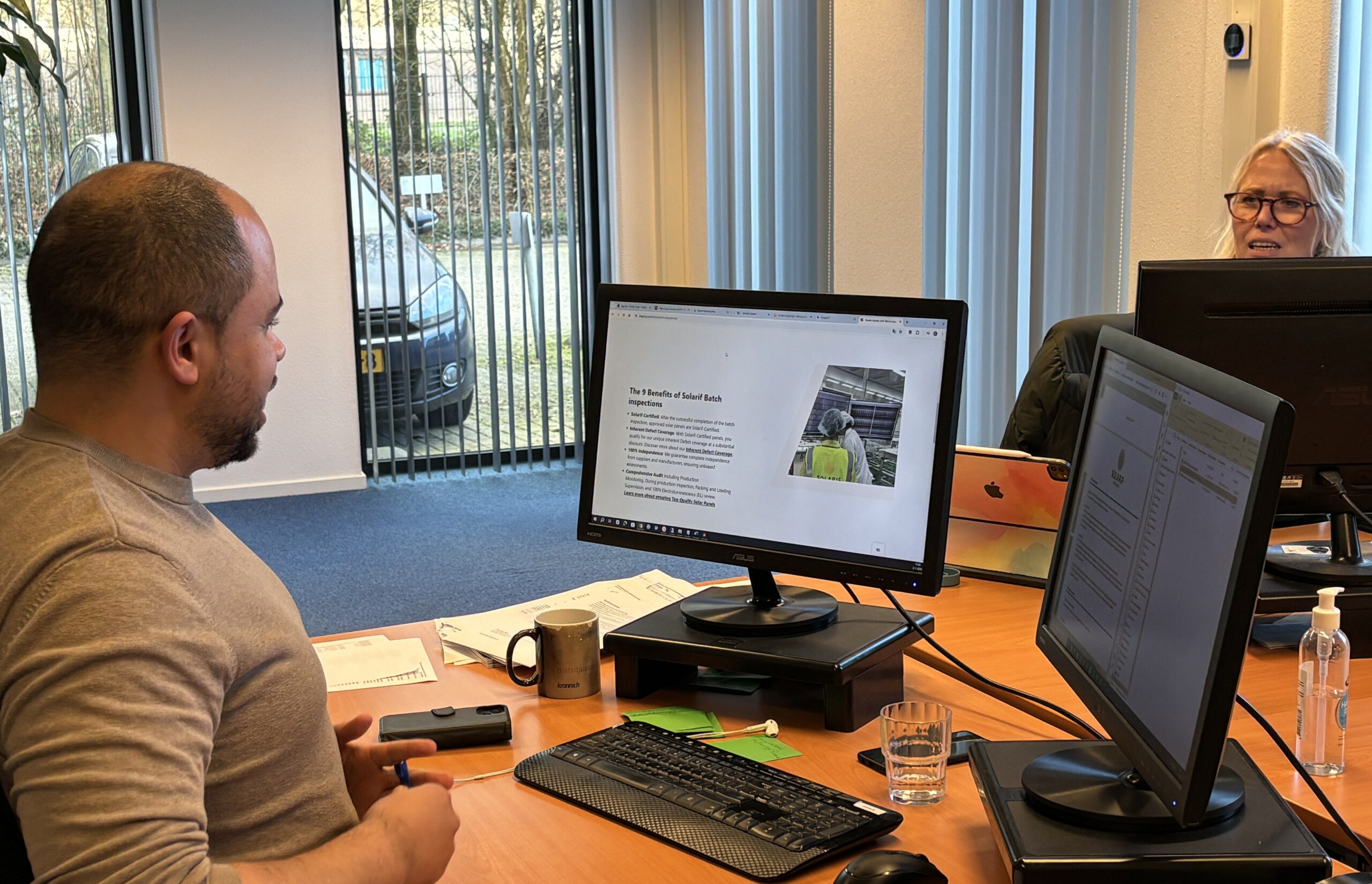
Do you want to take out Construction All Risks Insurance?
You’ve come to the right place. Our expert advisors are here to help you choose the right coverage for your business. We first assess your needs and risks and then offer independent advice that perfectly fits your situation.
Want to know more about your options and our services? Request a free consultation with one of our experts and get advice on which insurance is best for your situation.
What our customers say about us
“Solarif impressed us with their transparent and personalized approach. They were always accessible, and their professionalism made the entire process seamless. We truly felt heard and supported.”
“We chose Solarif because of their expertise in solar energy, and it was the best decision we ever made. Their reliability and swift claims handling made a significant difference for our project.”
“At Solarif, everything revolves around the customer. Their proactive approach and deep knowledge of the solar energy market gave us the confidence that our project was in good hands.”
Stay Updated with Solarif!
Would you like to stay informed about the latest developments in solar, inspections, and renewable energy insurance?
Receive updats, latest news, and tips!
Frequently Asked Questions
Yes, subcontractors are also covered under your Construction All Risks Insurance. This includes the main contractor, subcontractor(s), architects, engineers, and the client or construction management.
No, CAR insurance is not mandatory. However, your client may require you to take out a CAR insurance in a contract. Even though it is not mandatory, it is wise to have CAR insurance, especially for larger projects.
The maintenance period is the time after the completion of a construction project. During this period, you can repair any defects that occurred during the construction or assembly. You can also perform maintenance work. There is a standard maintenance period of up to 12 months.
Yes, you can take out a Construction All Risks Insurance separately with us, without needing to take out other insurances.
Yes, there are specific requirements and conditions for taking out construction and assembly insurance. These may vary depending on the insurer and the specific project, but generally include the following elements:
General Requirements
- Project description: A detailed description of the construction or assembly project, including location, scope, and planned activities.
- Construction drawings and specifications: Submission of construction drawings, technical specifications, and schedules.
- Budget and cost estimate: A detailed cost estimate of the project, including materials, labor costs, and other expenses.
- Timeline: A clear timeline for the project, including expected start and end dates.
Specific Conditions
- Contractor(s) and subcontractor(s): Information about the main and subcontractors involved in the project, including their experience and qualifications.
- Risk analysis: A comprehensive risk analysis of the project, identifying potential risks and their mitigation measures.
- Safety measures: Documentation of safety measures and protocols followed during construction or assembly.
- Insured value: The insured value must match the total project costs, including materials and labor costs.
- Coverage period: The period during which the insurance is in effect, usually from the start of construction work to completion and sometimes including a maintenance period thereafter.
Documentation and Administration
- Permits and Approvals
Copies of all necessary permits and approvals from the relevant authorities.
- Contractor’s History
Verification of the contractor’s claims history and financial stability.
- Insurance Certificates
Proof of existing insurances held by the contractor or subcontractors, such as liability insurance.




